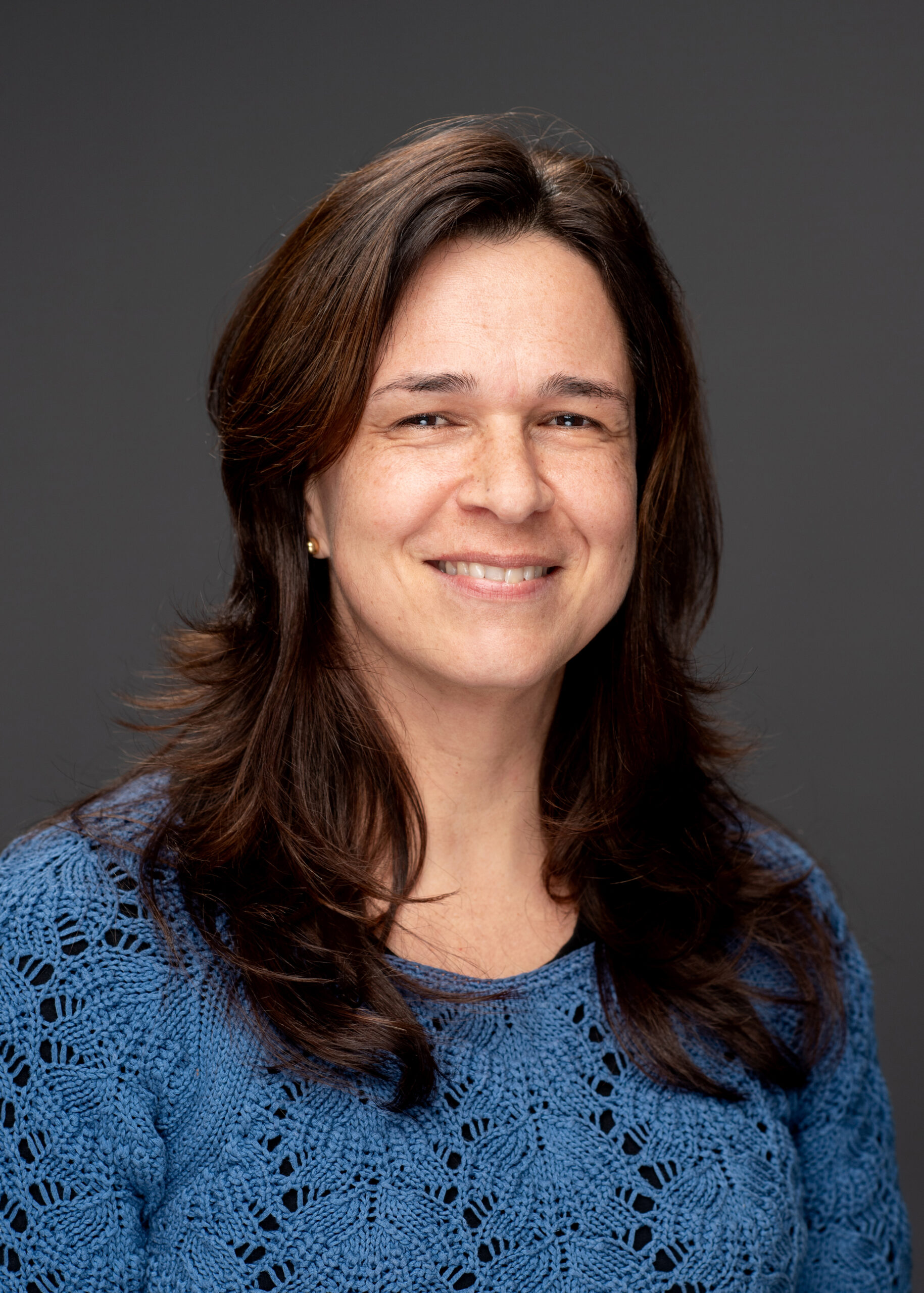
The Bakar Fellows Program is proud to announce the 2024 cohort of Bakar Prize winners who have distinguished themselves as exemplary contributors in their diverse fields. Their impactful endeavors have not only impressed the Bakar Fellows team but also served as a source of inspiration for their peers. The Bakar Prize stands as a formal recognition of their exceptional achievements while providing additional support for their entrepreneurial projects.
Jay Keasling: Engineered Probiotics to Treat Skin Disease
“Addressing bacterial dysbiosis in skin diseases remains a significant hurdle. While topical antibiotics are intermittently used to manage conditions like acne rosacea, their effectiveness is hampered by frequent recurrences. Several startups are actively working to tackle this issue by constructing microbiomes that inhibit the re-colonization of harmful bacteria. Among them, Concerto Biosciences, an MIT spin-out, and Matrisys Bio, a UCSD spin-out, are prominent players in this field. However, a key challenge lies in the translation of these preventive approaches to human skin, as the underlying mechanisms are not fully understood or optimized. While certain microbiome communities can prevent the re-colonization of bacteria in vitro, their effectiveness on the skin often falls short due to this lack of mechanistic understanding. We believe we have an effective solution for bacterial dysbiosis as it relates to skin diseases, and the Bakar Prize will allow us to demonstrate this hypothesis.”
Rebecca Abergel: Extending Indications for Heavy Metal Decorporation Products
“In a world where toxic materials are continuously introduced into our environment through production and manufacturing of advanced technologies, we must be prepared to safeguard human health and develop effective, accessible medical interventions. I applied for the Bakar Prize because I deeply believe in this project. This funding mechanism allows us to transition from academic research to entrepreneurship, which is essential if we are to partner with the right stakeholders in developing and accelerating commercialization and regulatory approval of our products.”
Boubacar Kante: Ultra-Compact Lasers for Mobility, Sensing, and Communication
“The Bakar Prize gives me a unique opportunity to close the gap towards applications for our recently discovered strategy to make semiconductor lasers scale-invariant. In other words, efficient lasers could in principle emit as much power as necessary. This, however, requires demonstrating novel schemes based on our recent breakthrough beyond the new physics principle to make the laser manufacturable at large scales. The Bakar prize forces me to take this practical mindset.”
Maria Paz Gutierrez: Re-engineering the Bark
“Our Bakar Spark award enabled us to generate, validate, and patent non-planar granular technology that enables seamless production of large-scale wood residues without any layer-to-layer or material restrictions of other 3D extrusion protocols. We have demonstrated large-scale walls’ structural and surface efficacy for indoor applications. Our proposed expansion through the Bakar Prize to engineered large-scale exterior building components made exclusively from bark residues and steam can create a significant new niche in the exponential increase of the wood construction market that demands accelerated innovation. The Bakar Prize is instrumental in developing a sound commercialization path to forge a true circular economy in construction by enabling redirecting low-grade wood residues from fuels, mulch, and landfills to pioneer 3D structural grade lightweight materials for exterior applications with moisture and bacterial resilience.”
James Analytis: In Memory Computing – A Fully Spintronic Approach
“We applied for the Bakar Prize because the technology we propose is still considered high risk, and would be a dramatic change for the computing industry if we’re successful. The prize provides us seed funding to have a real demonstration of the efficacy and feasibility of our technology.”





